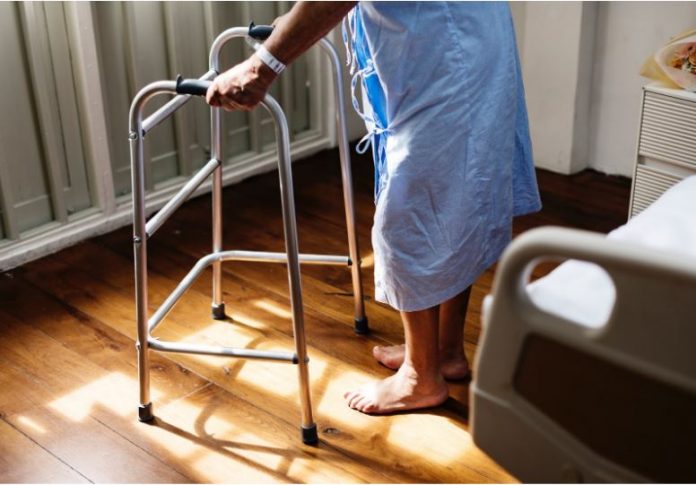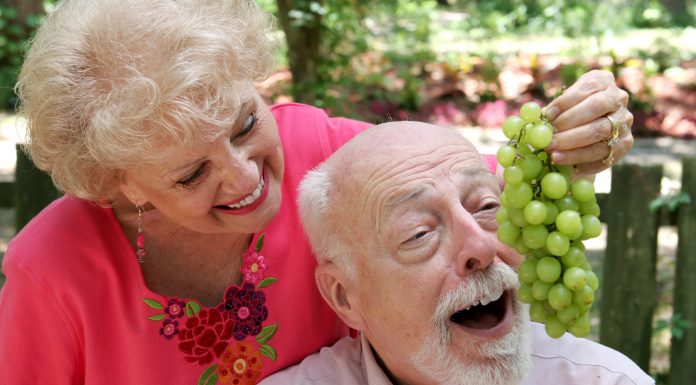Did you know that there are 77 million baby boomers in the United States? Furthermore, 10,000 of those baby boomers turn retirement age every day. As such, there’s a problem that comes along with this many people reaching retirement age, and that is our lack of capacity to care for them.
As Dr. Heather Whitson, associate professor of medicine at the Duke University School of Medicine, told US News regarding the amount of baby boomers reaching retirement age, “We are not prepared as a nation. We are facing a crisis. Our current healthcare system is ill equipped to provide the optimal care experience for patients with multiple chronic conditions or with functional limitations and disabilities.”
Our healthcare system is unable to compensate for the number of retirees reaching the age in which they seriously need to be cared for. Though it varies state to state, seniors at large face a lower quality of life once they approach their elderly years. The specialized care they need and the quantity of care providers currently working does not match up — we are looking at a serious shortage of healthcare workers that needs to be remedied.
Diseases Will Go Untreated
Something we need to start paying attention to is the specificity of diseases in baby boomers. It’s not just the number of people that are entering the system, but the difficulty caring for their health problems will bring them. Old age can bring on issues that were never dealt with previously in life.
Take dementia for instance. An estimated 47 million seniors live with dementia worldwide, losing memories of their lives and the ability to be present in the moment they’re living in. In an article released by Bradley University’s Nursing Program, the strain of dementia care was described as something that could be harmful for both parties involved, patient and caregiver:
Many people caring for individuals with dementia develop a formal condition called caregiver strain. Symptoms of caregiver strain include anxiety, depression and social withdrawal, according to the Alzheimer’s Association. Some caregivers even develop physical symptoms as a result of burnout.
The strain on caregivers and an unbalanced ratio between them and the amount of people they work with can lead to some pretty serious drops in healthcare quality. Particularly with things like medication, seniors are often victims of unsafe prescriptions, and not having the numbers to critically evaluating a situation like that could be damaging and deadly for our elderly. This contributes to diseases simply being treated the wrong way and not enough.
The Need For Specialized Care Will Stay Relevant
The aforementioned specificity of problems that America’s aging population faces calls for specialized care. While certainly not every senior faces problems like dementia or is unable to care for themselves, there is a large number of people in this classification for which that is the case. Caring for people who have lost the capacity for independence is no easy task.
This has led to specialized nurse training specifically designed for senior care. The term for medical practitioners designed this way is an Adult-Gerontology Acute Care Nurse Practitioner (AGACNP). Those who choose to take roles as AGACNPs work largely in intensive care, but are also involved in outpatient work.
So if someone works as an AGACNP within an emergency room, for instance, they may also be the practitioner who follows up with a specific senior at home, ensuring they are being cared for. They see both sides of the aging equation when it comes to the need for closely monitored situations. As the baby boomer generation increasingly moves into the latter parts of their lives, the need for AGACNP workers will increase.
What Can Be Done About This Issue
Obviously, a huge part of addressing this issue is training more healthcare providers. It is, in a lot of ways, a numbers game. It’s not just about the type of care that’s necessary, but the amount of caregivers available. Without an adequate number of AGACNP workers and other healthcare facilitators, we will never be able to improve the quality of this care. Unfortunately, caregivers are not always paid well, and often make under $30,000 a year. While there are some tax breaks for caregivers and scholarships for students who work in such a field, this may not be enough to incite people to take these roles on. Better pay may have a significant impact on this.
However, we may have a saving grace in the form of healthcare tech. Particularly, devices and machines are being made that will help seniors be able to care for themselves for longer than in previous years and generations.
Some good examples of this are:
- Lift chairs that help elderly people get up without stressing their backs.
- Health monitors that let doctors and patients know when their chemical levels are dangerously unbalanced or their heartbeat is significantly fast.
- Low-vision and low-hearing tech that will help those with visual and hearing impairments
- Life alert gadgets that alert emergency services with the press of a button. Notably: these can now be linked to a person’s mobile phone as well.
- Automated medication devices that deliver pills and medication on a timer, as well as make sounds to alert people nearby.
This implementation of healthcare technology, in addition to an increase in healthcare practitioners and specialized AGACNP workers, will be crucial in caring for the baby boomer generation. It will be a struggle to handle this amount of work though. If we are unable to account for the number of people who will soon need expensive and tedious care, then this crisis will continue and worsen.
























